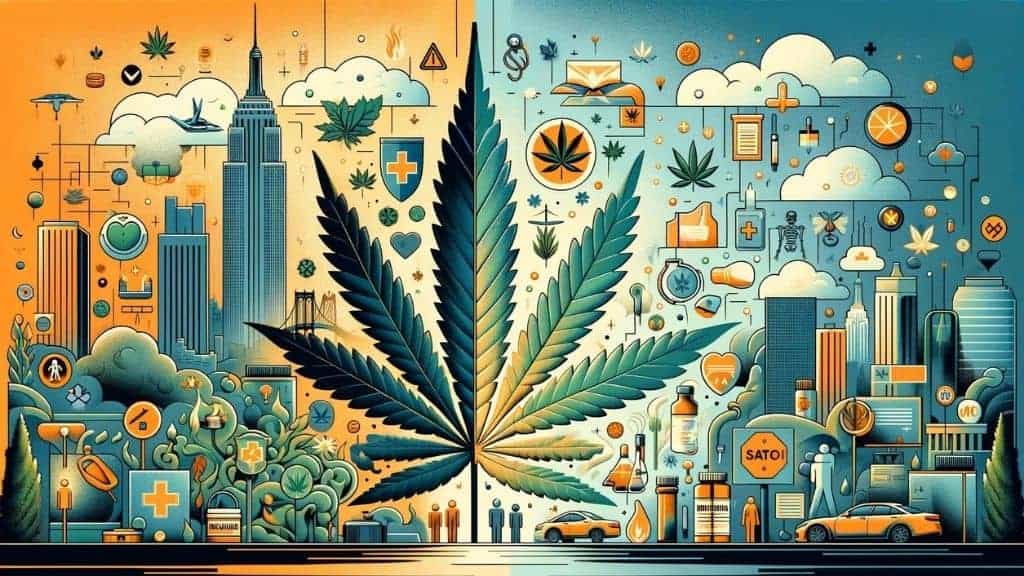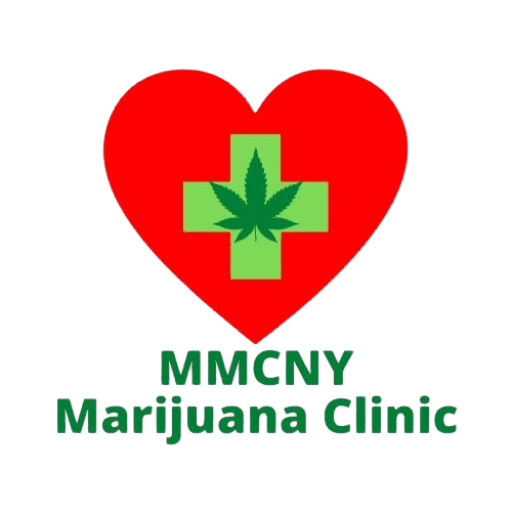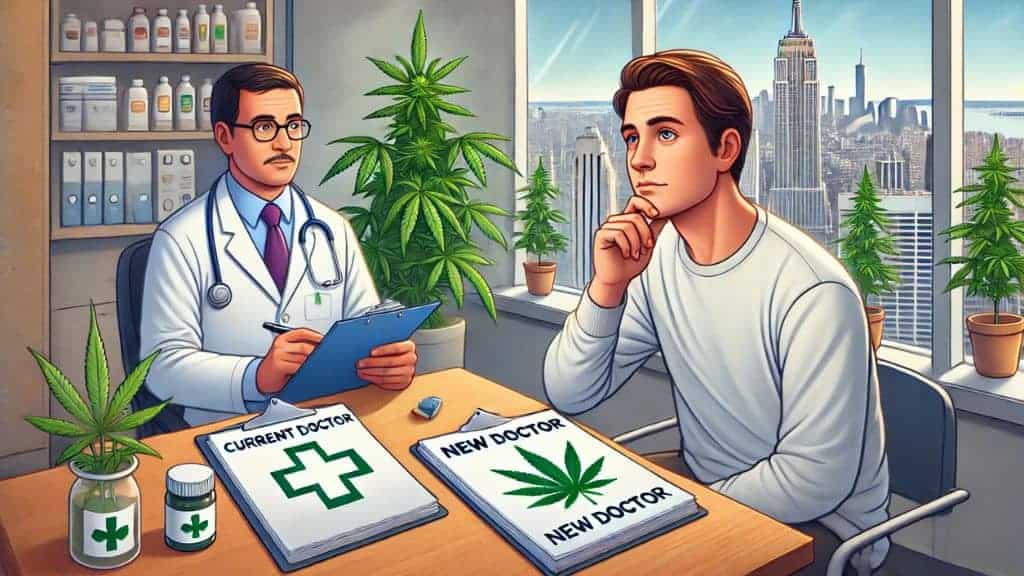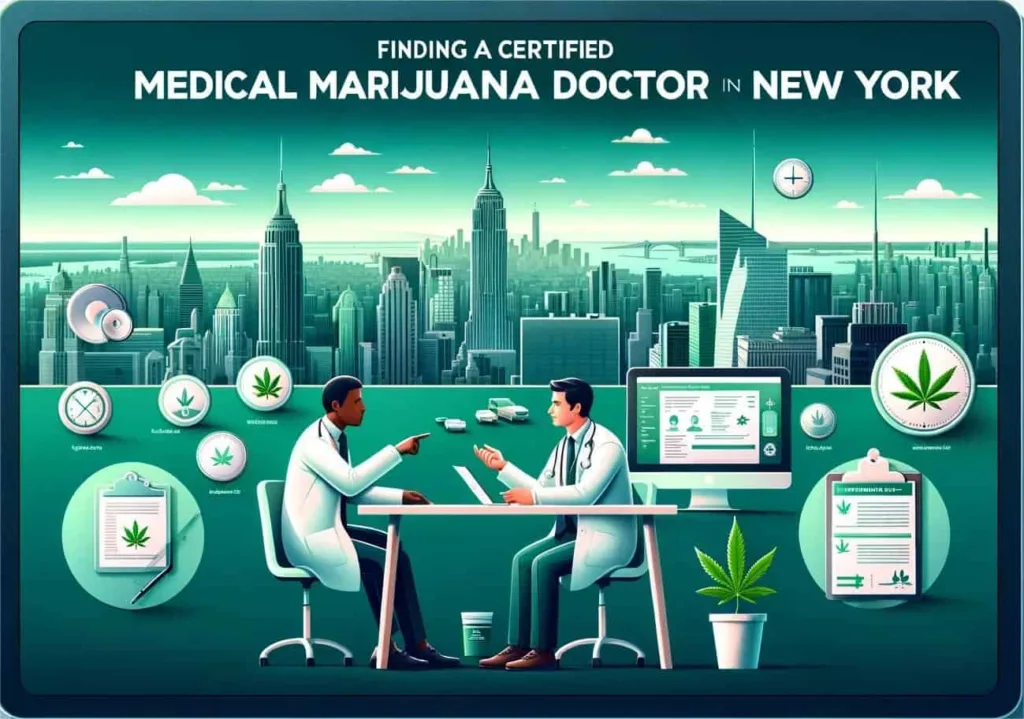In New York, the legalization of medical marijuana has introduced a significant shift in public health dynamics, reflecting a progressive recognition of its therapeutic benefits for various severe conditions such as chronic pain, PTSD, and cancer. The Marijuana Regulation and Taxation Act (MRTA) of 2021 further expanded medical cannabis access, incorporating Alzheimer’s and autism among the qualifying conditions and granting healthcare providers discretion in patient certification.
This evolution underscores a commitment to leveraging cannabis for health benefits while addressing historical injustices of cannabis criminalization. Data from the New York City Health Department reveals stable cannabis use rates in the city and a minimal percentage of cannabis-related emergency visits, suggesting a safety profile that supports regulated medicinal use.
These developments point towards a nuanced understanding of cannabis in public health, emphasizing safety, therapeutic potential, and social equity.
Table of Contents
ToggleIntroduction
What Is the Current Status of Medical Marijuana in New York?
New York has witnessed significant changes in its approach to medical marijuana over recent years. Notably, the state has relaxed some of its stringent regulations to make medical marijuana more accessible to those in need. As of March 2023, the process for patients to access medical marijuana has been simplified. Individuals seeking medical marijuana no longer need to obtain a medical marijuana card in the traditional sense.
Instead, they must receive a medical marijuana certification from a qualified doctor. This certification process involves an evaluation by a doctor who determines the patient’s eligibility based on their medical condition and need for cannabis for therapeutic purposes.
Upon receiving a medical marijuana certification, patients are automatically registered with the state’s medical marijuana program and assigned a registration ID number. This number is crucial as it grants patients the ability to purchase medical marijuana products from licensed dispensaries across New York. The shift towards a more streamlined process underscores New York’s commitment to making medical marijuana accessible while maintaining regulatory oversight.
Furthermore, the landscape of marijuana use in New York underwent a major shift as of March 31, 2021, when recreational marijuana use and possession were legalized. This groundbreaking development has not only changed the social and legal fabric of New York but also impacted the medical marijuana program.
In 2022, New York introduced another significant change by removing the specific qualifying medical conditions list that previously restricted medical marijuana prescriptions. Now, medical marijuana (mmj) doctors have the autonomy to evaluate patients on a case-by-case basis and decide who may benefit from medical marijuana, without being confined to a predetermined list of conditions.
This allows for a more personalized and flexible approach to patient care, enabling doctors to recommend medical marijuana for a wider range of conditions where they deem it beneficial.
Why Is Understanding the Impact of Medical Marijuana on Public Health Important?
The evolving status of medical marijuana in New York and its increasing accessibility raise important public health considerations. Understanding the impact of medical marijuana on public health is crucial for several reasons:
- Public Safety and Health Outcomes: Evaluating the effects of medical marijuana use on public health can provide insights into its safety profile, potential health benefits, and risks. This information is vital for patients, healthcare providers, and policymakers to make informed decisions regarding its use and regulation.
- Economic Impacts: The legalization and regulation of medical marijuana have significant economic implications, including the potential for job creation, tax revenue, and the reduction of costs associated with the criminal justice system. Analyzing these impacts can help assess the overall economic benefits and challenges posed by the medical marijuana industry.
- Social and Behavioral Outcomes: Understanding the public health impact of medical marijuana extends to observing changes in social behavior, attitudes towards marijuana use, and its influence on recreational marijuana use trends. This can inform public health campaigns, education efforts, and policy development aimed at mitigating any negative outcomes.
- Opioid Crisis Intersection: With New York facing challenges related to opioid misuse and addiction, medical marijuana presents a potential alternative for pain management. Researching its impact can contribute to broader strategies aimed at addressing the opioid crisis by providing evidence on its efficacy and safety as an alternative treatment option.
Legal and Regulatory Framework
How Has the Legalization of Medical Marijuana Changed Public Health Policies in New York?
The legalization of medical marijuana in New York has significantly influenced public health policies, marking a progressive shift in how the state approaches cannabis use for therapeutic purposes. This evolution reflects a broader trend toward recognizing and legitimizing the medical benefits of marijuana, aligning with emerging research and changing public attitudes.
Policy Reformation: Initially, New York’s medical marijuana program was highly restrictive, limiting access to a narrow set of qualifying conditions and imposing stringent regulations on prescribing and dispensation. The legalization process has led to the expansion of these policies, allowing for a more inclusive approach. As of 2022, the responsibility to qualify patients for medical marijuana shifted from a strict list of conditions to the discretion of certified medical marijuana (mmj) doctors. This change empowers healthcare professionals to make decisions based on individual patient needs, rather than a one-size-fits-all list.
Impact on Healthcare Delivery: Legalization has necessitated the integration of medical marijuana into the broader healthcare system. This includes training for healthcare providers on the use of cannabis for treatment, understanding its benefits and risks, and navigating the legal framework. It has also spurred the development of a regulatory infrastructure to oversee the cultivation, distribution, and sale of medical marijuana, ensuring patient safety and product quality.
What Are the Regulatory Measures for Medical Marijuana in New York, and How Do They Affect Public Health?
In response to the legalization of medical marijuana, New York has implemented a series of regulatory measures designed to ensure the safe, controlled distribution and use of cannabis for medical purposes. These measures are crucial for safeguarding public health while allowing patients access to potentially beneficial treatments.
Certification and Registration Process: As of March 2023, the state streamlined access to medical marijuana by replacing the medical marijuana card system with a certification process. Patients must obtain a medical marijuana certification from a qualified doctor, after which they are automatically registered with the state. This approach reduces barriers to access for patients, emphasizing a healthcare provider’s role in evaluating patient eligibility.
Quality Control and Safety Standards: New York’s regulatory framework includes strict quality control and product safety standards. Medical marijuana products are subject to testing for contaminants and potency, ensuring that patients receive safe, consistent, and effective treatments. These regulations protect patients from potential harm and contribute to the legitimacy and reliability of medical marijuana as a therapeutic option.
Dispensary Regulation: The state has established guidelines for the operation of dispensaries, including licensing requirements, security protocols, and patient education mandates. These dispensaries are vital access points for patients, and their regulation ensures that medical marijuana is dispensed responsibly, with appropriate guidance and support for patients.
Accessibility and Usage
How Can Patients Access Medical Marijuana, and What Does This Mean for Public Health?
Access to medical marijuana in New York is facilitated through a certification process, which represents a significant shift towards improving patient care and public health outcomes.
Access Through Certification: Patients seeking medical marijuana must consult with a qualified doctor who can issue a medical marijuana certification if deemed appropriate for the patient’s condition. This process ensures that medical marijuana is integrated into the patient’s overall care plan, with consideration for their specific health needs and circumstances.
Implications for Public Health: The streamlined access to medical marijuana has several implications for public health. It has the potential to reduce reliance on opioids for pain management, offering an alternative treatment option with a lower risk of dependency and overdose. Additionally, by providing a regulated pathway for accessing cannabis, it reduces the likelihood of patients turning to unregulated or illegal sources, thereby mitigating risks associated with contaminated or unsafe products.
Public Health Outcomes
What Has Been the Impact of Medical Marijuana on Drug Abuse and Dependency Rates in New York?
The legalization of medical marijuana in New York has prompted a reevaluation of its impact on drug abuse and dependency rates. While concrete, state-specific statistics post-legalization might require more time to fully understand the long-term effects, studies in other jurisdictions have shown that access to medical marijuana can lead to a decrease in prescription drug use, including opioids.
The reasoning behind this trend suggests that patients may opt for medical marijuana over prescription drugs for pain management, potentially reducing the risk of dependency associated with long-term opioid use. This shift could signify a positive outcome for New York, where opioid addiction has been a significant public health crisis.
How Does Medical Marijuana Affect Chronic Pain Management and Opioid Use?
Medical marijuana’s role in chronic pain management is another area under keen observation. With the opioid crisis in the United States reaching alarming levels, alternatives for pain relief are in high demand. Medical marijuana presents a viable option for many, offering pain relief with a lower risk of addiction.
In New York, the introduction of medical marijuana has provided chronic pain sufferers with an alternative to opioids, which could potentially lead to a reduction in opioid prescriptions and, consequently, a decrease in opioid-related overdoses and deaths.
The state’s move to allow doctors the discretion to recommend medical marijuana could amplify this effect, tailoring pain management approaches to individual patient needs more effectively.
Social Perceptions and Attitudes
How Have Public Perceptions of Marijuana Changed Since the Introduction of Medical Marijuana?
The legalization of medical and recreational marijuana in New York has significantly altered public perceptions of cannabis. Once viewed primarily as a recreational drug with negative connotations, marijuana is increasingly recognized for its therapeutic benefits.
This shift is reflected in the growing acceptance of medical marijuana among New Yorkers, who now see it as a legitimate and valuable option for managing various health conditions. The legalization efforts have played a crucial role in destigmatizing cannabis use, paving the way for a more informed and nuanced discussion about its place in society and healthcare.
What Role Do Healthcare Providers Play in Shaping Attitudes Towards Medical Marijuana?
Healthcare providers play a pivotal role in shaping attitudes towards medical marijuana. With the authority to certify patients for medical marijuana use, doctors, nurses, and other healthcare professionals are at the forefront of integrating cannabis into medical treatment.
Their endorsement and willingness to incorporate medical marijuana into patient care can significantly influence public opinion and acceptance. Education and ongoing research are essential for healthcare providers to navigate the complexities of medical marijuana, ensuring they can offer informed advice and support to patients considering it as a treatment option.
What Are the Future Prospects for Medical Marijuana in Public Health in New York?
The landscape of medical marijuana in New York is poised for significant evolution in the coming years, with promising prospects for public health enhancements. The focus is increasingly shifting towards leveraging medical marijuana’s therapeutic benefits while ensuring responsible use and access. Key areas of future development include expanding research into cannabis’s medical applications, enhancing patient education, and refining the regulatory framework to ensure safety and efficacy.
Expanding Research and Development: A pivotal area for future growth is research into medical marijuana’s efficacy for a broader range of conditions. With New York allowing doctors the discretion to recommend medical marijuana, there’s a growing need for evidence-based guidance on its use. Increased funding for clinical trials and studies could uncover new therapeutic uses for cannabis, potentially revolutionizing treatment options for chronic illnesses.
Enhanced Patient Education and Access: Educating patients and healthcare providers about the benefits and risks associated with medical marijuana is crucial. Future efforts may include developing comprehensive educational programs and resources that provide clear, accessible information on how to use medical marijuana effectively and safely. Improving access through telehealth services and expanding the network of dispensaries can ensure that patients across New York can obtain medical marijuana with ease.
Refining Regulatory Frameworks: As the medical marijuana program matures, New York will likely continue to refine its regulatory frameworks to balance accessibility with patient safety. This may involve updating guidelines on dosages, product labeling, and quality control measures to ensure that patients receive consistent and effective treatments.
How Can New York Improve Its Medical Marijuana Program to Benefit Public Health?
To maximize the public health benefits of its medical marijuana program, New York can adopt several strategies:
Broadening Qualification Criteria: By continuing to allow healthcare providers to assess patient eligibility for medical marijuana, New York can ensure that individuals with varying health conditions can consider cannabis as a treatment option. This approach should be supported by ongoing education and training for healthcare providers to keep them informed about the latest research and best practices in cannabis treatment.
Strengthening Patient Support Systems: Developing support systems, including counseling and follow-up care, can enhance the effectiveness of medical marijuana treatment. Support systems can help patients navigate the challenges of dosing, managing side effects, and integrating cannabis into their overall treatment plans.
Promoting Public Health Research: New York could invest in public health research to monitor the long-term effects of medical marijuana on population health. This research could inform policy decisions, help identify potential public health benefits or risks, and guide the future development of the program.
Conclusion
The introduction and evolution of medical marijuana in New York have marked a significant shift in public health policy and practice. By providing an alternative treatment option for chronic conditions, potentially reducing reliance on opioids, and allowing for more personalized patient care, medical marijuana has begun to demonstrate its value in the public health landscape.
However, the true impact of medical marijuana on public health in New York will continue to unfold as research expands, access improves, and societal perceptions evolve. Ongoing evaluation and adaptation of the medical marijuana program will be key to maximizing its benefits for the health and well-being of New Yorkers.
Resources
https://www.ncbi.nlm.nih.gov/pmc/articles/PMC4900958/
https://www.nyc.gov/assets/doh/downloads/pdf/basas/cannabis-in-nyc-know-your-rights.pdf
https://cannabis.ny.gov/marihuana-regulation-and-taxation-act-mrta





